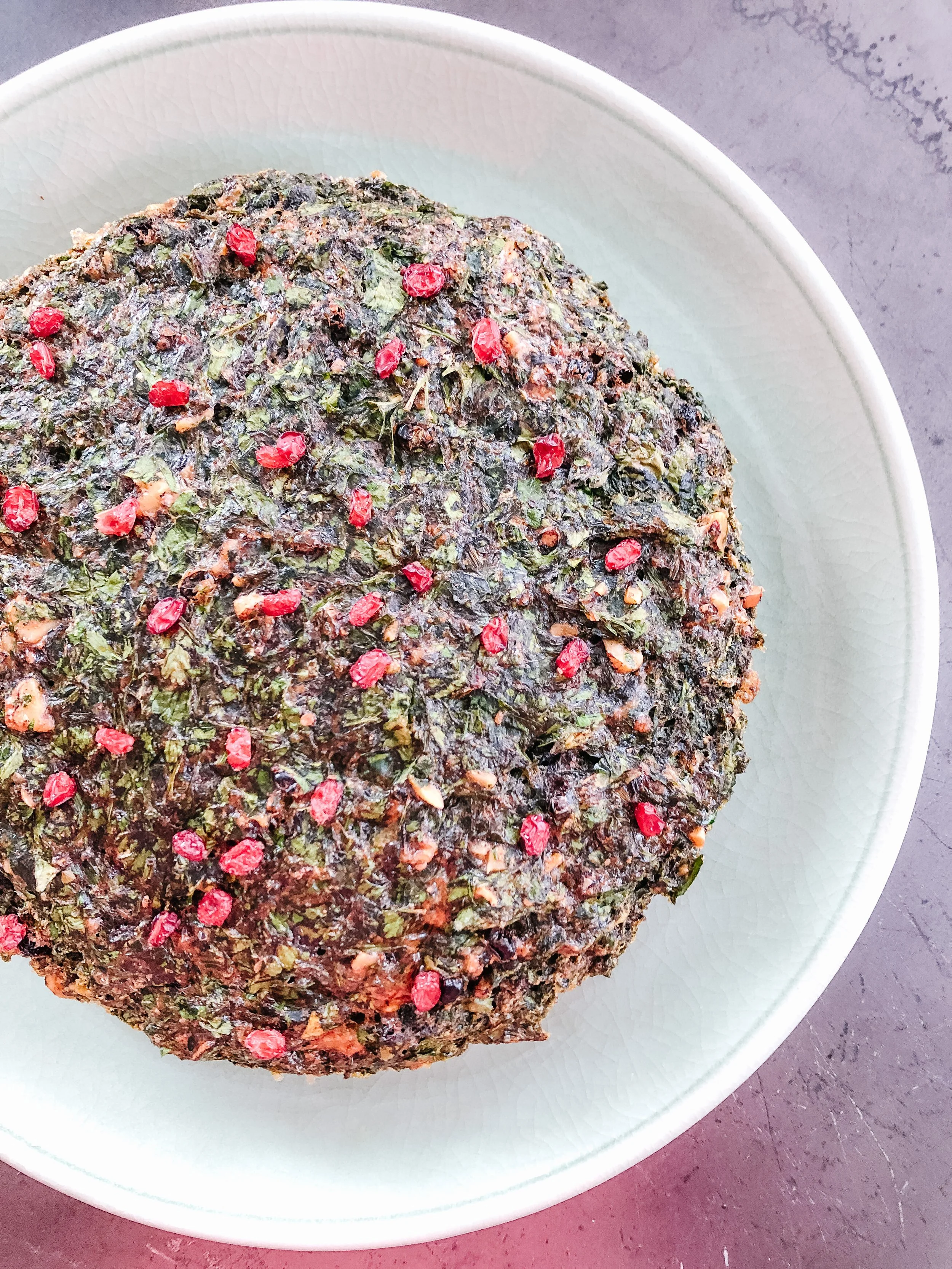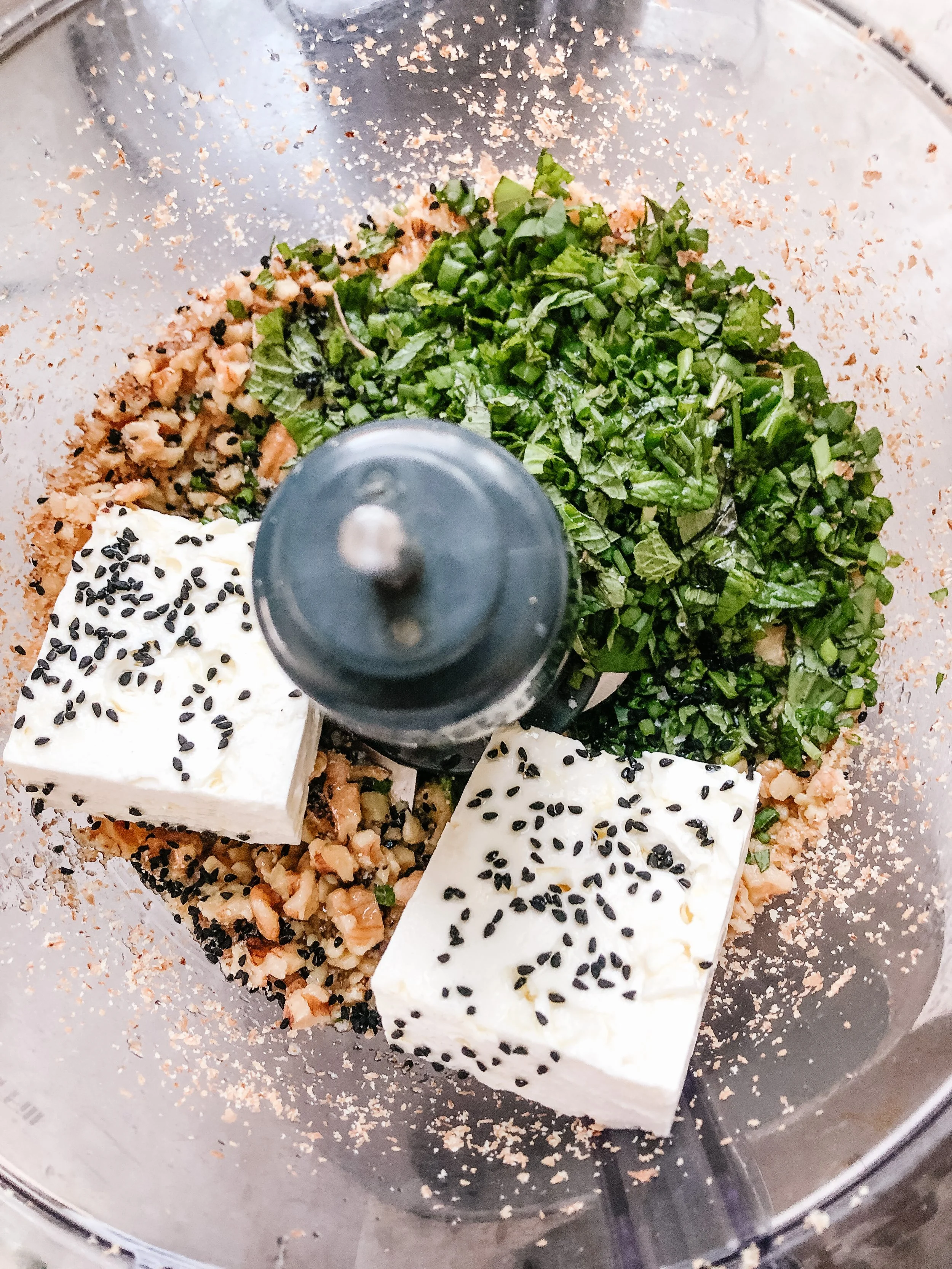Another fresh start: More than 300 million people will celebrate Nowruz on March 21st (you should too!)
It’s March! Days are getting longer, the temperature is rising (here in Chicago people run outside in shorts and a t-shirt when the temps hit the high 40’s!) and the rituals of Spring are starting to sprout. I’m thinking about the planting of my garden and the fact that the wider distribution of a vaccine will allow us to spend time with people we love AND start traveling again! Happier days ahead, for sure. The official first day of Spring next week (the Vernal Equinox is on March 20th) also marks the celebration of the Persian New Year, known as Nowruz (pronounced “No-rooz”). This secular holiday is celebrated well beyond the borders of Iran by more than 300 million people across the Middle East, Central Asia, the Balkans and the Caucuses. Nowruz literally means “new day” and is a celebration of the Earth, rebirth and renewal. It’s not a religious holiday and everyone can embrace this festival no matter where they come from or what religion they may be. Given the past year all of us have struggled through, embracing a NEW DAY sounds like the fresh start we all need!
A little background on Persian New Year: Nowruz celebrations traditionally span two weeks and begins with Spring cleaning. Families plant small pots of wheat, barley or lentils that quickly become lush green sprouts and an edible centerpiece symbolizing birth and growth. Visits to family and friends are part of the rituals. The most iconic tradition is the “haft-seen” a table set with seven (“haft” in Persian and a lucky number) symbolic items all starting with the Persian letter “seen” (“S”). The haft-seen table serves the same purpose as a Christmas tree; it’s a gathering place in every Iranian home during Nowruz. The seven items on the table are symbols of spring and renewal, and they identify the blessings that people want to attract into their lives in the new year, including seeb (apple), representing health and beauty; sabzeh (green sprouts), representing rebirth; serkeh (vinegar), representing patience; and senjed (the dried fruit of the Lotus tree), representing love. The table also includes other items like candles, mirrors, colored eggs and even goldfish bowls with live fish. Designing your Nowruz table is a Martha Stewart opportunity for sure!
And the Nowruz food traditions? Some of the more popular Nowruz dishes include:
Sabzi polo ba mahi- rice tinted vivid green with herbs and served with fried fish. Served on New Year's day.
Kuku sabzi-an herbed omelet.
Reshteh polo-chunks of lamb with rice and noodles.
Dolmeh barg-grape leaves stuffed with a mixture of rice and ground lamb.
Shirin, or shekar polo-a sweet rice pilaf.If you have not eaten or prepared traditional Persian food before I want you to know that Persian cuisine is many things- colorful, full of flavor yet simple, healthy and very comforting. It’s a great cuisine for gluten-free diets, vegans and vegetarians. While there is an emphasis on meat, there is an equal amount of attention focused on vegetable dishes accompanied by rice, fruit and nuts. Persian spices give warmth to the food instead of heat, so this food is great for anyone sensitive to spicy food.
I was lucky to have been introduced to Persian food at a young age. Growing up in Michigan we lived next door to the Shushtari’s, a Persian family. Agnes Shushtari was an amazing cook and instead of sharing a plate of cookies she would bring us plates of Persian meat patties (kotlet), Persian rice dishes and stews. She also made the most amazing Persian chai tea with little cubes of saffron infused rock sugar. The smells and tastes that came from their home were unlike anything I had ever experienced and oh how I wish I could have learned to cook from Agnes! Many years later while living in Tokyo a Persian girlfriend offered to teach a small group of friends some of her family recipes. I pull out my folder of recipes from these intimate lessons often and would love to share a couple with you now.
Kuku Sabzi- Fresh Herb Kuku
Kuku Sabzi is a traditional Persian dish typically served at Nowruz- the herbs symbolizing rebirth, and the eggs symbolizing fertility and happiness for the year to come. It’s similar to a frittata and can be eaten hot or cold. For the New Year it is traditionally served with a platter of fish plus a rice dish with many more herbs. It keeps well in the refrigerator for two to three days and can be served as an appetizer, side dish or light main dish with yogurt or salad and bread (see my Persian bread suggestion below!). It’s also awesome made into a sandwich or wrap with a spoonful of hummus or baba ganoush. Kukus are traditionally made on the stove top, but this oven version from my Persian friend is much simpler.
Ingredients:
6 eggs
1 tsp. Persian Advieh (a mix of ground cinnamon, cardamon, cumin, coriander, black pepper, dried lime, clove, nutmeg and rose petals- linked for purchase on Amazon. This is THE Persian spice and can be used to enhance so many things)
1 1/2 tsp. baking powder
1/4 tsp. freshly ground pepper
1 tsp. salt
1/2 T flour
2 cloves garlic, finely chopped
2 1/2 cups fresh flat leaf parsley, chopped
1/2 cup fresh dill, chopped
1/2 cup green onion, finely chopped
1 1/2 cups cilantro, chopped
1 T dried fenugreek or dried mint
1/3 cup coarsely chopped walnuts
1 T barberries/Zereshk(use dried cranberries as a substitute or linked for purchase from Amazon). Soak in hot water and drain to clean.
1/2 cup olive oil or butter
Parchment paper for lining pan
Preparation:
-Heat the oven to 400 degrees.
-Break the eggs into a large bowl and mix gently with a fork. Add the Advieh, baking powder, flour, salt and pepper.
-Fold in the remaining ingredients, minus the oil/butter and mix. Be careful to not over mix.
-Brush a large baking dish (I use a pie dish) with a little of the butter or oil and line it with parchment paper. Add the remaining oil/butter.
-Place the baking dish in the oven. When the oil is hot, add the egg mixture.
-Bake uncovered for 30 minutes, or until golden brown.
-I like to garnish with a sprinkle of barberries (Sauté them with a little oil and a teaspoon of sugar for an extra treat!)
-Cut the kuku into pieces and serve with yogurt and bread.
Nan-O-Panir-O-Gerdu
This feta and walnut spread is a great appetizer served with pita or Persian flatbread. Super simple if you have a food processor, although the traditional method is to hand chop my girlfriend taught us to mix in a processor.
Ingredients:
1/4 lb. Feta cheese
1/4 cup fresh mint leaves
1/4 cup fresh basil leaves
1/4 cup fresh tarragon or chives
1 clove garlic, optional
2 cups chopped walnuts
1/2 t salt, 1/4 t black pepper
1 T fresh lime juice
1 tsp. nigella seeds (black cumin)
1/4 cup olive oil
Garnish: fresh herbs, barberries, radish slices
Preparation:
-Finely chop the fresh herbs and walnuts then add everything to a food processor and mix until blended.
-Garnish with radish slices and remaining fresh herbs and serve in a large bowl or plate with hot bread.
Nan-E-Barbary Persian flat bread
This nan-e-barbari Persian flat bread is the perfect accompaniment to the two recipes above! And a great use for the Nigella seeds called for in the feta dip. My favorite recipe is from Hot Bread Kitchen and it’s so much fun to make. Find the recipe here.
Hope it feels something like Spring wherever you are. I’m so excited to be vaccinated and start traveling again! Where is the first place you want to go?




